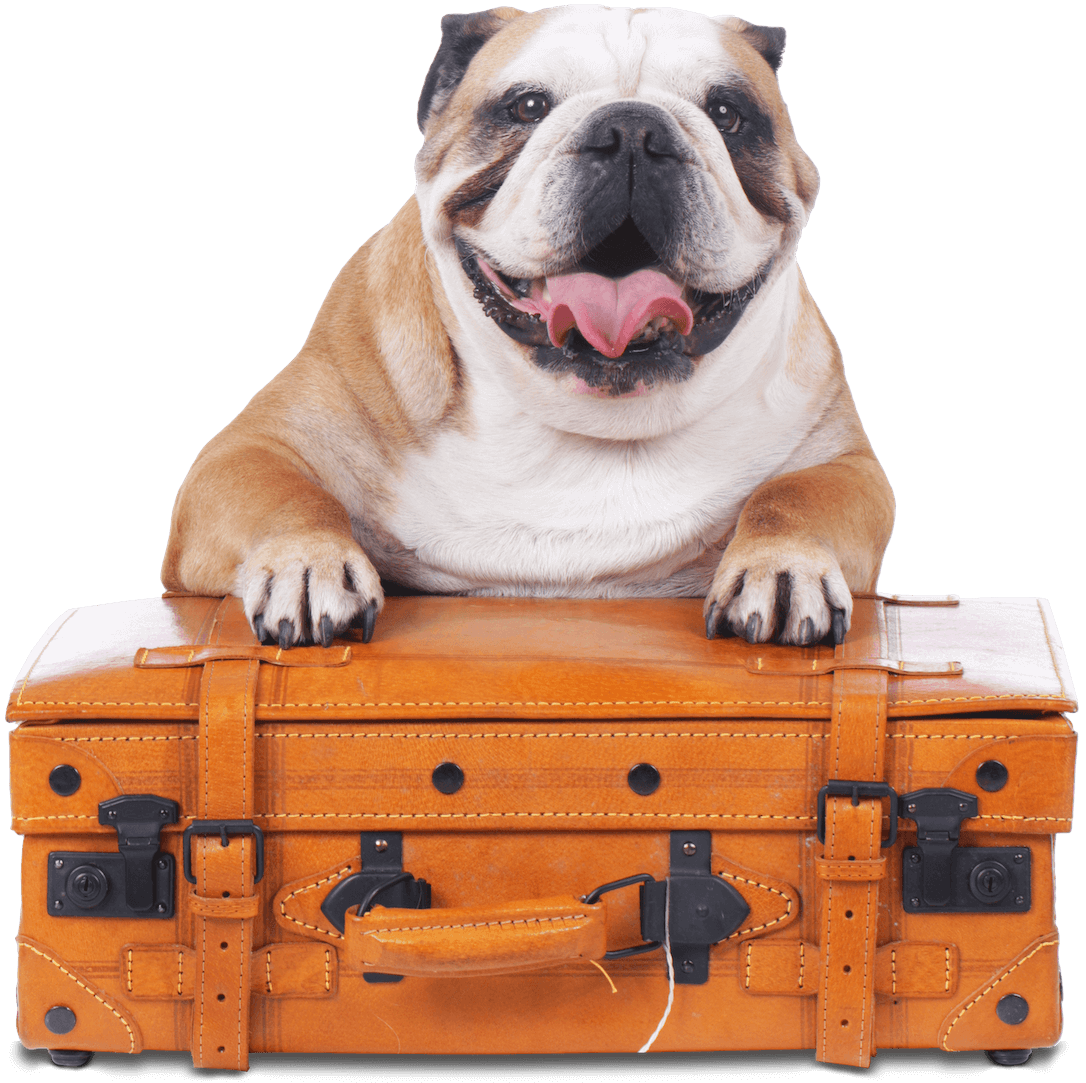Each season brings different concerns for our pets, winter is no different! There are some very common injuries I see during the winter months and very easy ways to avoid them.
Chemical burns/ blistering of paw pads. This can occur from contact to chemicals used to prevent ice build up, paw pads becoming too cold on walks, or worsening of previous paw pad diseases. Depending on the severity, deep ulcerations or multiple paws affected, treatment will vary. One of the worst cases I saw required oral pain medication, antibiotics, regular laser therapy, and several bandage changes during healing. A mild case usually
involves pain medication, keeping the area clean and dry, and protection from the elements. To avoid these types of injuries keep the paw pads nice a soft. I like mushers secret balm. And use boots when the weather is bad or you might encounter chemicals.
Paw pad and interdigital lacerations. Although this can happen anytime of year in the winter it usually occurs after there has been a lot of accumulation of ice. The sharp edges of the ice can cause lacerations which require sutures. Good boots prevent these injuries.
Falls. Speaking of ice…there are a lot of fall related injuries that occur in dogs during the winter just like people. Again, good footing and traction go a long way to prevent these injuries. If you have a senior dog or are very active during the winter months invest in a good pair of dog boots.
Increased pain and stiffness related to arthritis. As with people cold makes joints lock up and become more painful. If you have a senior pup consider a good winter coat that covers the legs (there are ones available that allow urination and defecation). Remember the old grey faced dogs need some extra TLC during the winter

months. Check out Holly’s Army and Canine Arthritis Management on Facebook for more information on caring with dogs with arthritis.
The list of it is to protect the paws, provide traction, and keep pets warm. These simple things can prevent a lot of problems. Depending on your needs there are cheap and expensive boots and coats available. Look for what will work for your specific needs. Your dog’s breed will also play a role in things like coats.


